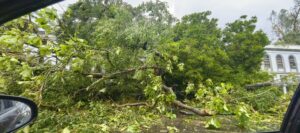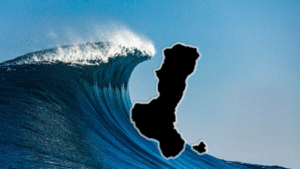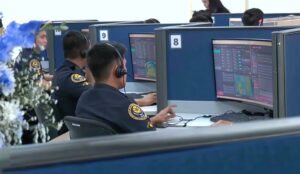President Ferdinand Marcos Jr. announced his plans to establish permanent evacuation centers outside the critical danger zone around Mount Kanlaon during his visit to Negros Occidental on February 21.
The president during a situational briefing at La Carlota South Elementary School said his goal is to provide long-term safety for residents frequently displaced by the volcano’s activity.
He emphasized the necessity of these permanent facilities, particularly as the threat level of Mount Kanlaon remains a concern. “There’s this proposal to establish permanent evacuation centers outside the danger zone so that in case Alert Level 4 is raised, everyone has a safe place to go,” Marcos said.
He added: “We need to ensure that regardless of Mount Kanlaon’s activity, people have a secure location and can continue their livelihoods.”
The initiative comes as thousands remain displaced due to the volcano’s recent activity. Data from the National Disaster Risk Reduction and Management Council (NDRRMC) reported on February 20 that 12,630 families, or 48,528 individuals, have been affected, prompting 57 towns across Western Visayas and Central Visayas to declare a state of calamity.
Marcos visited La Carlota City to assess the situation and address the immediate needs of the affected residents before continuing with the campaign activities of his senatorial candidates in Victorias City. He pledged to release additional funds to replenish the Quick Response Fund (QRF) for local government units, allowing them to implement their contingency plans effectively.
In addition, the president, through the Department of Social Welfare and Development (DSWD), distributed family food packs and cash aid amounting to P5,000 per family from the Assistance for Individuals in Crisis Situation (AICS) program to 323 families residing in evacuation centers.
He also ordered for the creation of a task force to be spearheaded by the Office of Civil Defense, to consolidate efforts and implement long-term solutions to mitigate the impact of future eruptions.
The Philippine Institute of Volcanology and Seismology (PHIVOLCS) continues to monitor Mount Kanlaon, reporting ongoing volcanic activity with approximately 19 volcanic earthquakes recorded daily.








